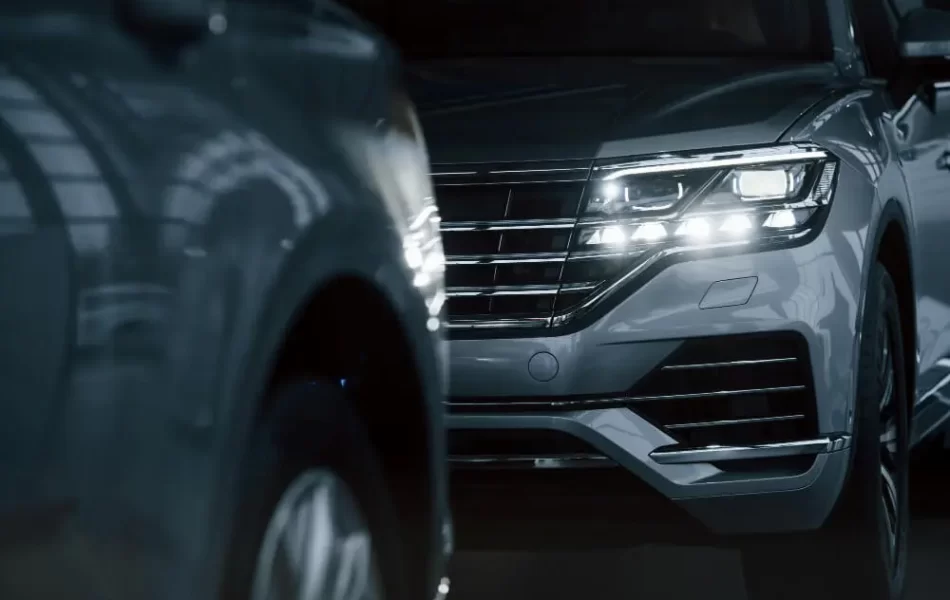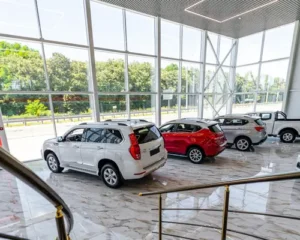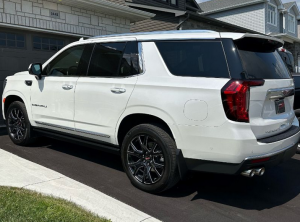Interest Costs: In a traditional lease with a down payment, the amount of money you borrow (and therefore the amount of interest you pay) is reduced. With a zero down lease, you’re borrowing the entire capitalized cost of the vehicle, which means you’ll pay more in interest over the life of the lease.
Gap Insurance Considerations: If your leased vehicle is stolen or totaled in an accident, gap insurance can cover the difference between the car’s actual value and the amount you still owe on the lease. However, with a zero down lease, the gap between what you owe and the car’s value is typically larger, which means you might be more reliant on gap insurance to avoid significant out-of-pocket costs.
Trade-In Value Impact: If you’re planning to trade in your leased vehicle at the end of the lease term, having made no down payment could mean you have less equity in the car. This might result in less favorable terms on your next lease or purchase. However, if you plan to simply return the vehicle, this may not be as much of a concern.
Conclusion: Zero down leasing can be an attractive option if you want to minimize your upfront costs and drive a new car without the hassle of a down payment. However, it’s essential to weigh the higher monthly payments and interest costs against the benefits. By understanding the pros and cons, you can make an informed decision that aligns with your financial situation and driving needs.





